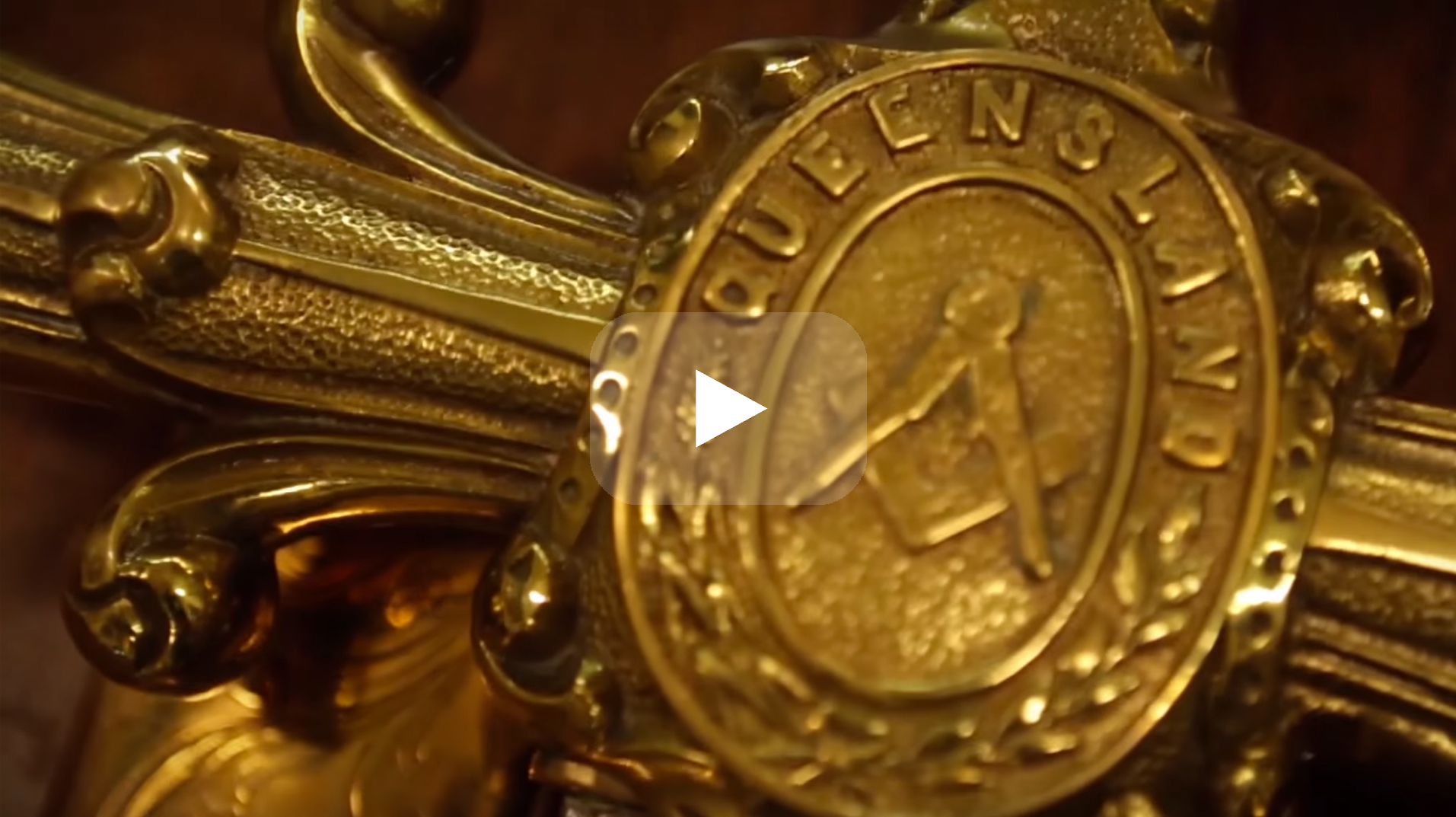Essential Steps You Must Follow for How to Become a Freemason Quickly
Essential Steps You Must Follow for How to Become a Freemason Quickly
Blog Article
Discovering the Mysteries of the copyright: What You Need to Know
The copyright, a term often shrouded in intrigue and controversy, represents a complicated tapestry of historic fact and modern misconception. Developed in the late 18th century, this secret society was initially rooted in the Knowledge's suitables but has actually because ended up being associated with conspiracy theory concepts regarding elite control.
Beginnings of the copyright
The beginnings of the copyright are steeped in a mix of historical intrigue and ideological eagerness. Established in 1776 in Ingolstadt, Bavaria, by Adam Weishaupt, the group was originally developed as a secret society aimed at promoting Enlightenment ideals such as factor, secularism, and the splitting up of church and state. join freemason. Weishaupt, a teacher of canon regulation, looked for to test the dominating authority of the church and state, which he deemed oppressive establishments stifling intellectual and individual freedom
The copyright sought to recruit prominent members from different social markets, consisting of politics, academic community, and the arts, to promote a network committed to these Knowledge concepts. The culture run under a veil of secrecy, utilizing coded language and routines to safeguard its participants from oppression, especially offered the repressive environment of the time. The copyright dealt with considerable opposition from both governmental authorities and religious establishments, which viewed the group as a danger to their power.
Key Numbers and Participants
Who were the essential numbers that formed the copyright's very early impact and direction? The Bavarian copyright, started in 1776 by Adam Weishaupt, emerged as a reaction to the overbearing societal structures of the time.
Another considerable number was Johann Gottlieb Fichte, a famous theorist whose ideas on nationalism and education reverberated with the copyright's objectives. Fichte was not a formal participant, his philosophical foundations influenced the team's ideological background. Additionally, figures like the writer and thinker Johann Wolfgang von Goethe were related to the wider intellectual movements of the moment, although their straight participation with the copyright stays debated.
These vital numbers contributed to the copyright's early instructions, pressing the limits of political and social thought, while their collective initiatives aimed to test established standards and foster a climate of dynamic adjustment in Europe. (join freemason)
Myths vs. Fact
Many misunderstandings border the copyright, frequently blending truth with fiction in a way that obscures its true nature. The idea that the copyright continues to apply considerable impact over globe events is a misconception.
An additional widespread misconception is that the copyright consists of a network of elite people controling global affairs. Actually, lots of conspiracy concepts exaggerate the group's value, connecting unproven objectives to societal trends and occasions. This has led to an oversimplified view of complex issues.
Furthermore, the representation of the copyright in popular culture usually additional distorts its legacy. Movies and literary works tend to sensationalize the company's role, creating a story that diverges from historical truths. Comprehending the distinction between the myths and the truth of the copyright is essential for critical the real effect of this historic team and identifying the wider implications of conspiracy concepts in contemporary society.

Modern Interpretations
Contemporary analyses of the copyright usually reflect more comprehensive social anxieties and a fascination with secrecy and power. This contemporary lens regularly links the copyright with conspiracy theories that suggest a hidden elite manages world occasions, manipulating governments and economies for their own gain. Such stories touch right into a deep-rooted wonder about of authority, specifically in times of dilemma or social turmoil.
In pop culture, the copyright is frequently portrayed as a divine company shrouded in mystery, leading to a myriad of fictional representations in literature, film, and songs. This representation offers not only to delight however also to prompt considered the nature of power and control in modern culture. Social media site has better enhanced these analyses, enabling for fast circulation of conspiracy theory concepts and developing communities that visit homepage share and increase upon these concepts.
Moreover, some modern-day interpretations mount the copyright as an allegory for the intricacies of globalization and the interconnectedness of influential people and companies. This viewpoint motivates a crucial evaluation of just how power dynamics operate in today's world, highlighting the balance in between transparency and secrecy in governance and business techniques.
Social Effect and Heritage
Influenced by centuries of intrigue, the social influence and heritage of the copyright expand much beyond its historical origins. This secret society, established in the late 18th century, has actually permeated different aspects of popular Click Here society, from literature and film to music and art. join freemason. The idea of the copyright has actually advanced into an icon of conspiracy theories, usually standing for a viewed surprise power adjusting worldwide occasions
In literature, writers like Dan Brown have woven the copyright into detailed plots, exciting readers with motifs of privacy and power. Films such as "National Prize" and "The Da Vinci Code" better perpetuate the allure of the society, mixing reality with fiction to produce interesting narratives.

Eventually, the copyright's tradition is a complex tapestry of myth and reality, forming assumptions of secrecy and control in modern discourse. Its long-lasting existence in culture highlights humankind's perennial pursuit for recognizing hidden facts.

Conclusion
The expedition of the copyright reveals a complex interaction between historical realities and modern myth-making. Established in the Knowledge period, this culture aimed to test oppressive structures, yet its legacy has actually been outweighed by conspiracy theory theories that suggest elite adjustment. Recognizing the differences between the initial perfects and modern analyses is important for comprehending the enduring fascination with the copyright and its significant influence on cultural narratives bordering power and privacy in culture.
Report this page